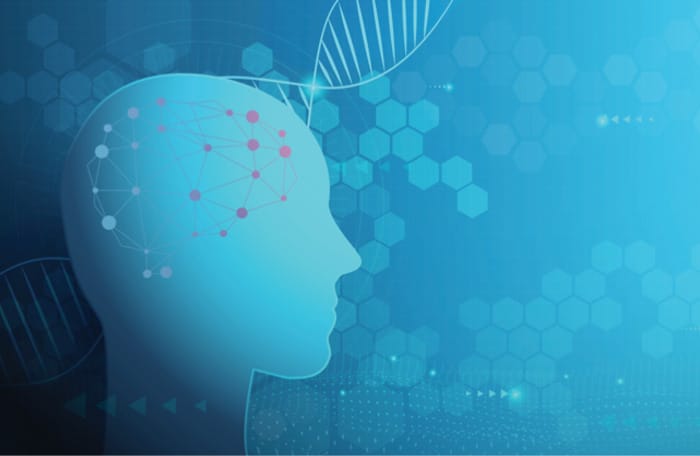New project to shed light on neuropsychiatric disorder
The New York Genome Center (NYGC) is excited to announce it has received a 3-year grant of $4.5M from BD²: Breakthrough Discoveries for Thriving with Bipolar Disorder to support research aimed at better understanding the biological processes underlying bipolar disorder using patient-derived stem cells models.
This grant is part of a larger effort at NYGC aimed at investigating the genetic architecture of neuropsychiatric disorders, including bipolar disorder. In March 2023, NYGC joined The Broad Institute of MIT and Harvard, and The University of California, Los Angeles (UCLA) in first-round funding from BD², thus creating the BD² Genetics Platform.
The long term goal of the new study is to address the gaps in our knowledge of the mechanisms underlying genetic risk for bipolar disorder and advance our ability to translate genetic findings into effective treatment strategies.
“With the generous support of BD² we will deploy patient-derived cellular models combined with functional genomics and genome engineering to shed light on the biological processes underlying bipolar disorder. By leveraging the Genomic Psychiatry Cohort, our study will also begin to address the pressing need for genetic and cellular data from diverse populations,” says Thomas Lehner, PhD, MPH, Scientific Director of Neuropsychiatric Disease Genomics at NYGC and the lead PI.
This project, a collaboration with Dr. Carlos Pato and Dr. Michele Pato at Rutgers University, will leverage the Genomic Psychiatry Cohort (GPC), which encompasses a large, diverse cohort of individuals with mental disorders and neurotypical controls. The team, which also includes co-PIs Neville Sanjana, PhD, Core Faculty Member at NYGC and Associate Professor at New York University, Tarjinder Singh, PhD, Associate Faculty Member at NYGC and Assistant Professor at Columbia University Irving Medical Center, and Tuuli Lappalainen, PhD, Senior Associate Member at NYGC and Professor at KTH Royal Institute of Technology, will use neuronal stem cells derived from blood samples donated by GPC participants of African descent to investigate the biological effects of common genetic variants, by comparing those with high genetic risk to those with low risk, and using massively-parallel CRISPR-based genomic approaches. In addition to studying natural variation, they will also use genetic engineering to study the biological consequences of rare mutations that are known to have large effects in the population.
This study will also address the pressing need for genetic data from diverse populations. Historically, most large-scale genetic and cellular studies of psychiatric disorders have focused on individuals of European ancestry, while populations of other ancestries remain severely under-represented. These populations, specifically those of African ancestry, suffer from the largest disparities in health care and outcomes.
For more information, view the BD² press release.
About the New York Genome Center
The New York Genome Center (NYGC) is an independent, nonprofit academic research institution that serves as a multi-institutional hub for collaborative genomic research. Leveraging our strengths in technology development, computational biology, and whole genome sequencing, our mission is to advance genomic science and its application to novel biomedical discoveries. NYGC’s areas of focus include the development of computational and experimental genomic methods and disease-focused research to advance the understanding of the genetic basis of cancer, neurodegenerative disease, and neuropsychiatric disease. We are committed to prioritizing diversity, equity, and inclusion, which is fundamental to promoting greater collaboration, innovation, and discovery.
nygenome.org
